
- +381.64.29.29.111
- +381.65.42.43.500
- Business hours 9 - 21h, Sunday 10 - 18h
- stannadan
- office@stannadan.com
Brief introduction to Serbia’s geographical areas and natural wonders
Serbia is situated in Southeast Europe, on the Balkan Peninsula, covering an area of 88.361 square kilometers. The country is divided into three geographical areas: the Pannonian Plain, Central Serbia and the Balkan Mountains.
Pannonian Plain is a flat area in the country’s north. Its largest cities include Novi Sad, Subotica, Zrenjanin and Sombor. The lowland is dotted with numerous rivers, the largest of which are the Danube, Tisa and Sava. As the second longest river in Europe, the Danube springs in Germany and flows into the Black Sea. The Tisa begins its course in Ukraine and ends in the Danube near Novi Sad. The Sava is the largest tributary of the Danube in Serbia, and its source is in Slovenia.
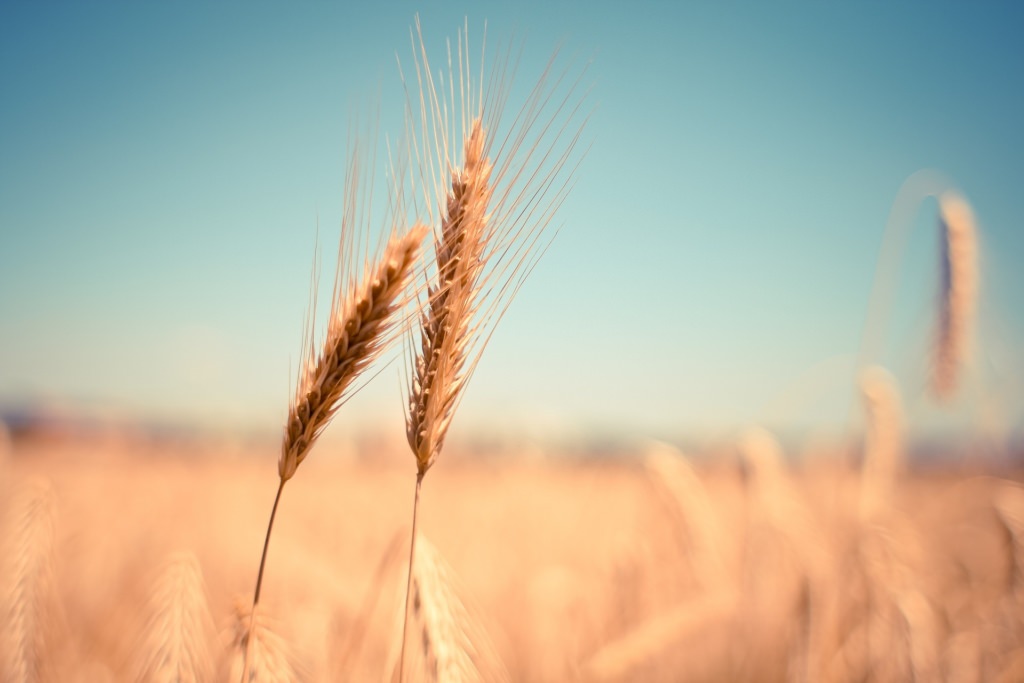
Central Serbia includes the central part of the country, with cities such as Belgrade, Kragujevac, Nish and Cacak. The area has several notable mountains, such as Kopaonik, Rudnik, Zlatibor and Tara. Kopaonik is the highest, peaking at 2.017 meters above sea level. It is popular as a skiing resort during the winter months, but also for hiking in the summer. Sumadija, a hilly area between Belgrade and Kragujevac, is known for its wooded areas and vineyards.
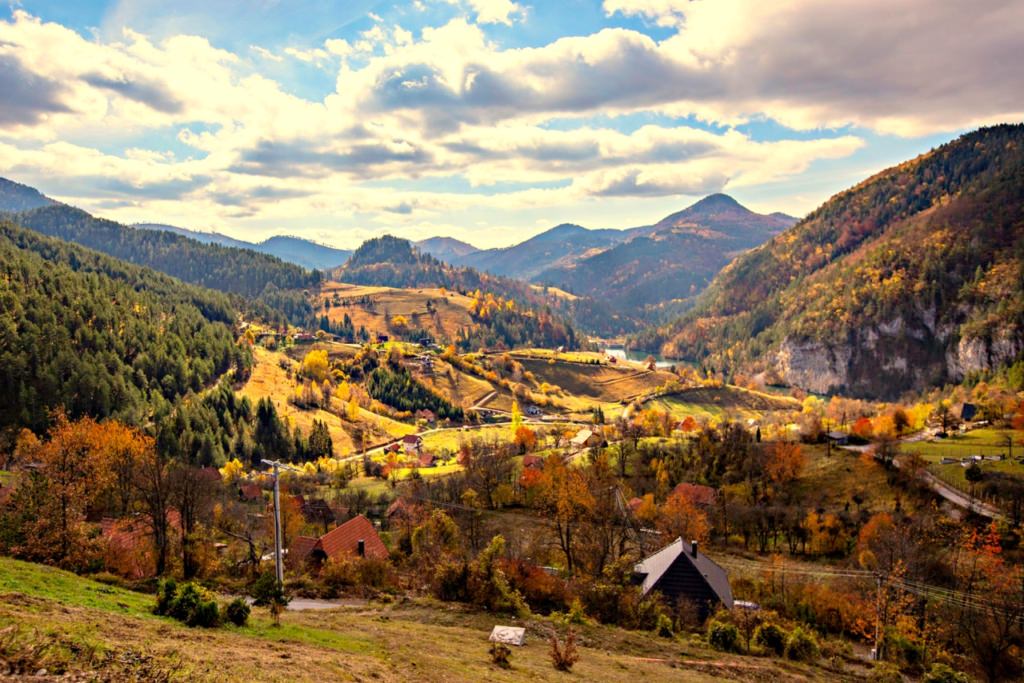
Balkan Mountains occupy the southeastern part of Serbia and stretch along the border with Bulgaria and Macedonia. The most famous are Stara Planina, Prokletije and Sar Planina. Stara Planina is the longest mountain in Serbia; its highest point (Botev peak) is located on the border with Bulgaria. Kopaonik is also located in this area, but parts of it also belong to Central Serbia. Prokletije is a mountain range on the border with Montenegro and Albania, with the highest peak (Djeravica) reaching 2.656 meters. Shar Mountain is located on the border with Macedonia and Albania; its highest peak is Titov Vrh (2.747m).

Izvor: ©IvanSpasic from Getty Images via Canva.com
Serbia also has several larger lakes, the most significant being Palicko, Djerdapsko, Vlasinsko and Perucac. Lake Palic is located near the city of Subotica, in the north of Vojvodina. The lake is a popular tourist destination with numerous restaurants and beaches. Djerdap Lake is located on the Danube, on the border with Romania, and was created by the construction of the Djerdap hydroelectric power plant. Lake Vlasina is situated on the Vlasina Mountain, in the southeast of Serbia, and is known for its untouched nature. Perucac lies on the Drina River, on the border with Bosnia and Herzegovina; its origins are linked to the construction of the Bajina Basta hydroelectric power plant.
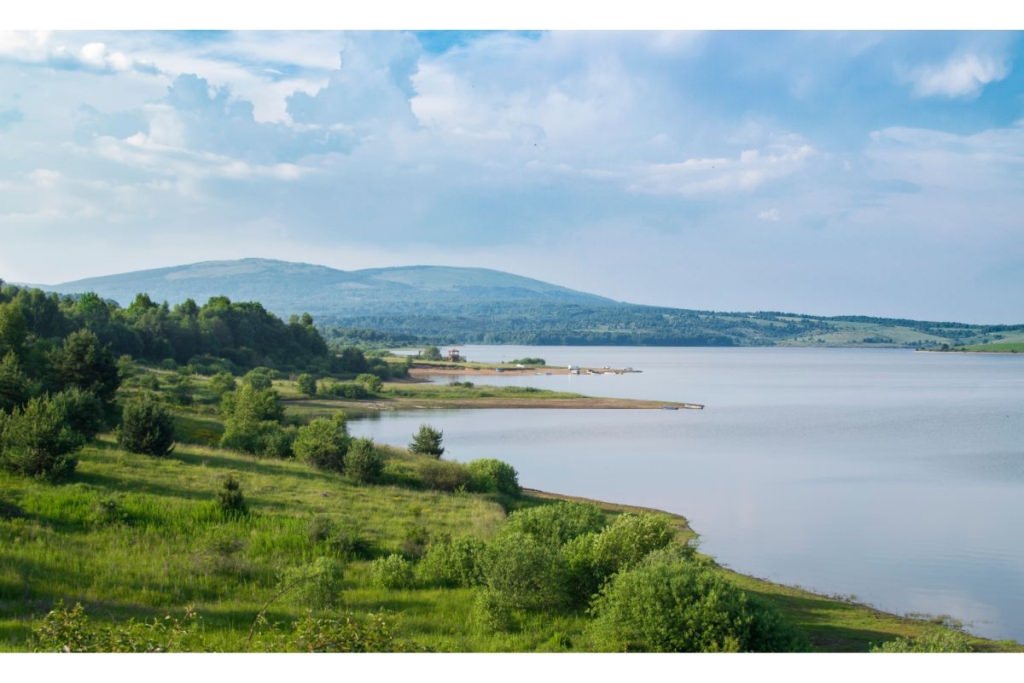
Izvor: © Ralers from Getty Images via Canva.com
National parks are areas of exceptional importance for natural heritage, which is why they’re granted state protection. Park Fruska Gora is located in Vojvodina, on the eponymous mountain range that stretches from Novi Sad to Shid. It is famous for its monasteries and churches, but also for rich flora and fauna. Fruska Gora is a habitat for over 1.500 plant and 200 bird species. The Djerdap National Park is located on the Danube, on the border with Romania, and includes the Djerdap gorge. The area is favored for its beautiful landscapes and historical monuments such as Trajan’s Tablet and Golubac Fortress.
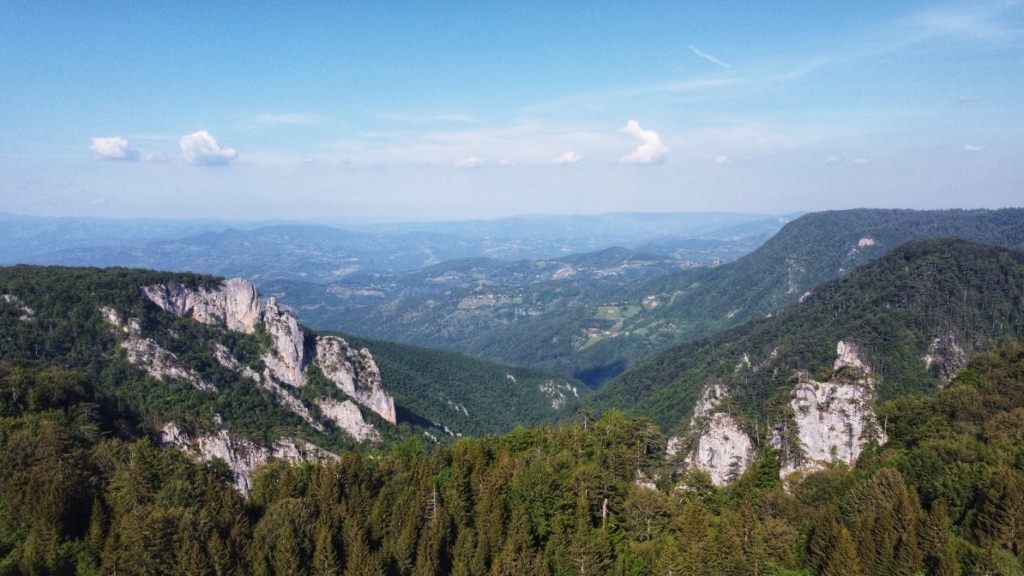
Autor: Lazar krstić Pexel
Tara National Park occupies the eponymous mountain in the west of Serbia, and is famous for its forests and waterfalls. The park includes the Drina River canyon and the largest rainforest in Europe (Perucica). Kopaonik National Park has a wealth of mountain peaks, but also a wide range of plant and animal species. Over 1.600 herb species inhabit Kopaonik, along with a few unique animal species, such as the Serbian lynx and the Kopaonik Belica.
In addition to national parks, Serbia also has several protected areas. The Zasavica Special Nature Reserve is located on the Sava River, near Sremska Mitrovica. The reserve is home to over 600 plant species and 200 bird species. Serbia has several other protected areas such as Gornje Podunavlje, Deliblatska Pescara, Stara Planina and many others. These are important for the preservation of natural habitats and play a key role in maintaining ecosystems and biological diversity.
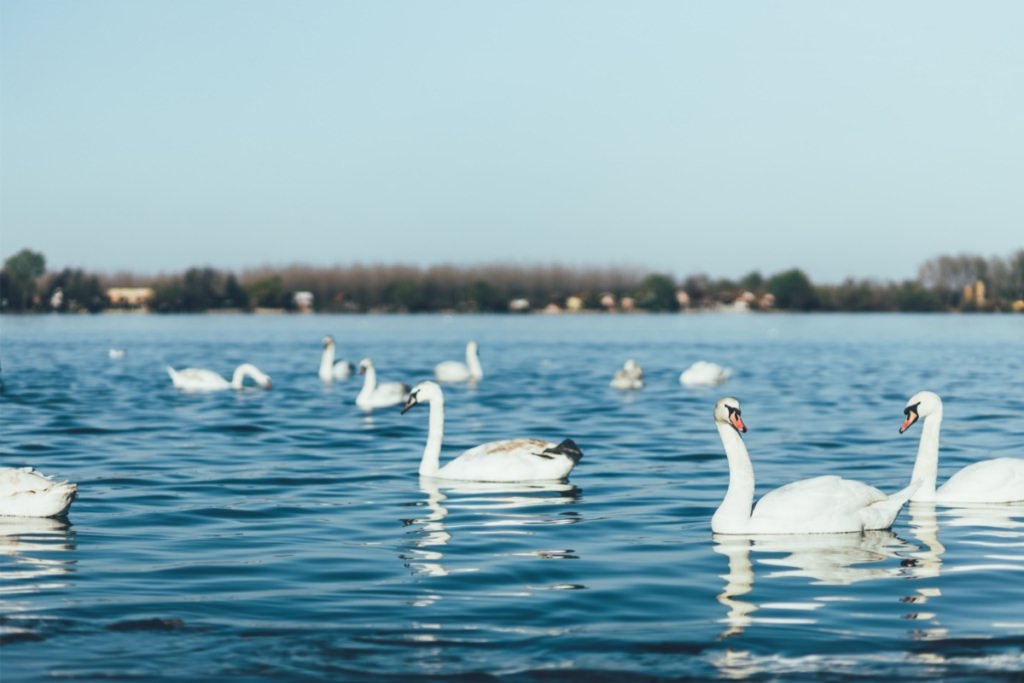
Izvor: ©Marjan_Apostolovic from Getty Images via Canva.com
Considering river courses, the Danube flows through Serbia on its way to the Black Sea, and is the largest river in the country. Other notable rivers include Sava, Tisa, Drina and Morava. In addition, Serbia has numerous smaller rivers and streams, as well as thermal springs and waterfalls. The Jelovarnik Waterfall, located on Kopaonik, is one of the highest in Serbia (70m). Famous waterfalls that are also worth mentioning are Ripaljka, Veliki Buk and Krupajsko Vrelo.
As this brief overview shows, the geographical division of Serbia is very rich and diverse. Its mountains, rivers, lakes, protected areas and national parks comprise its geographical identity. Serbia’s natural heritage therefore attracts tourists from all over the world. The country has a lot to offer, from untouched nature to cultural monuments, which should be taken into consideration when making travel plans.
